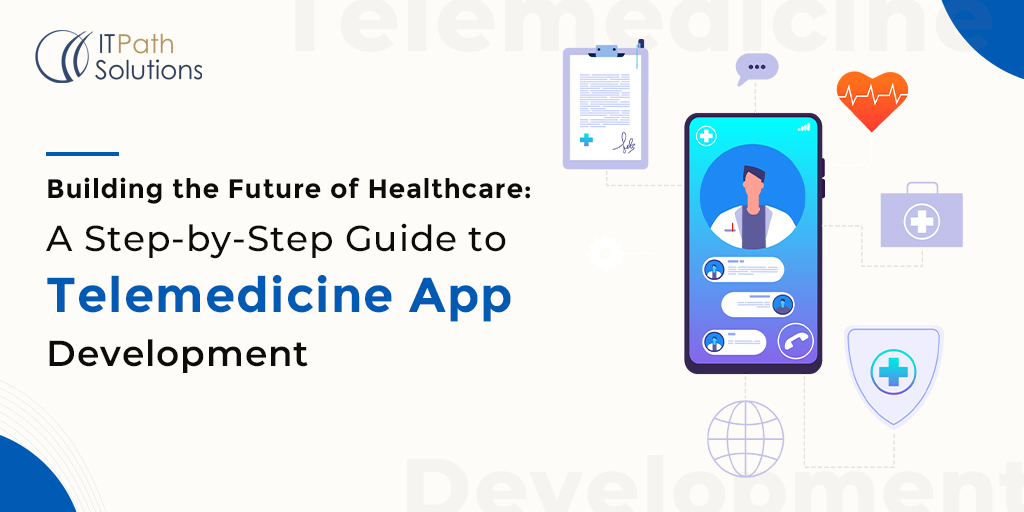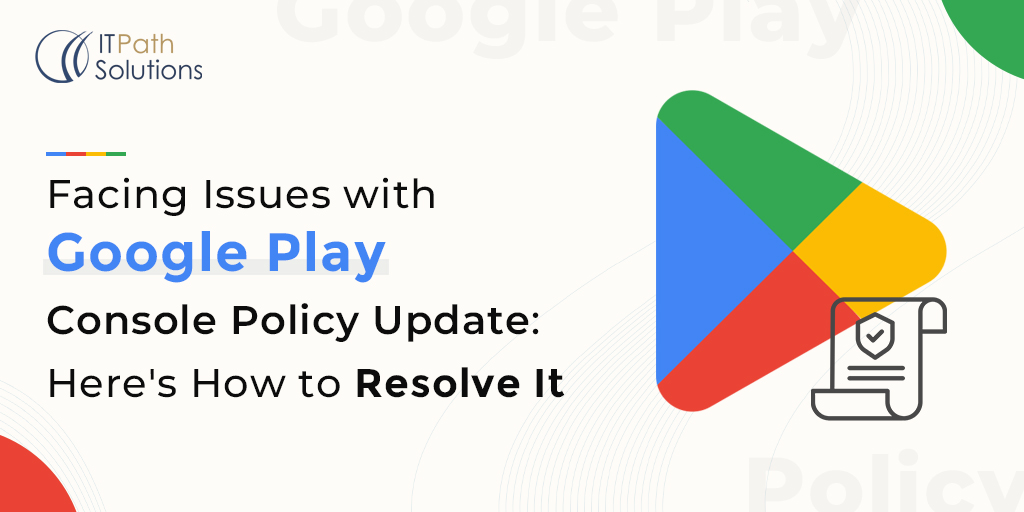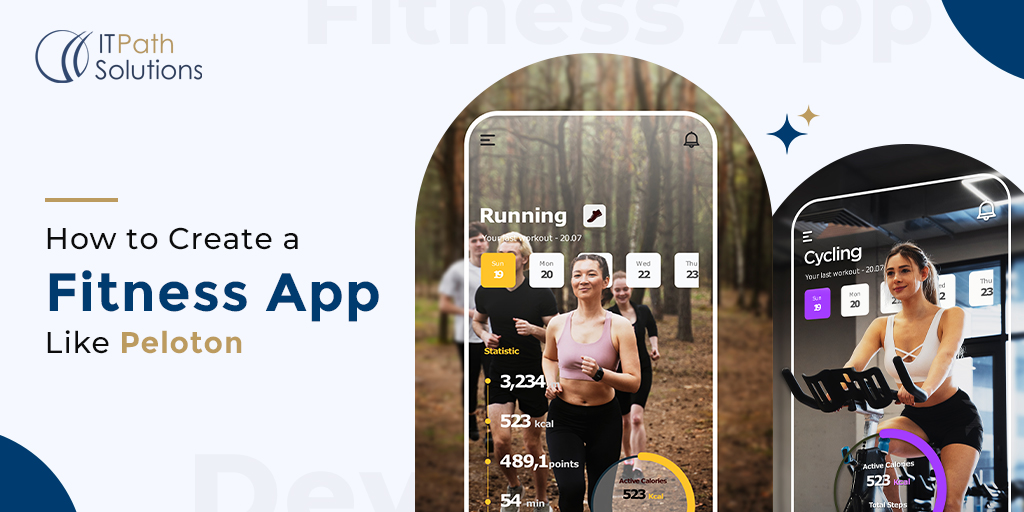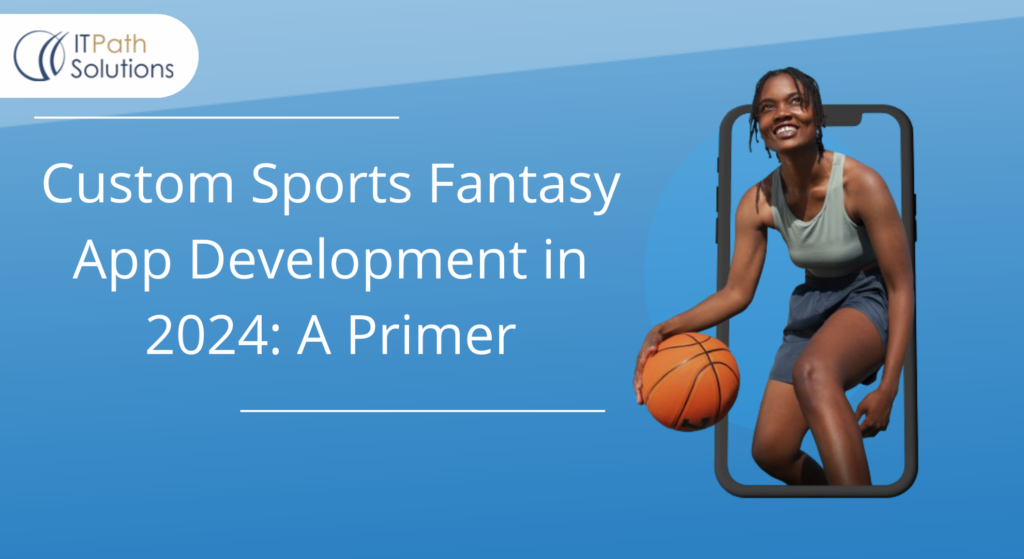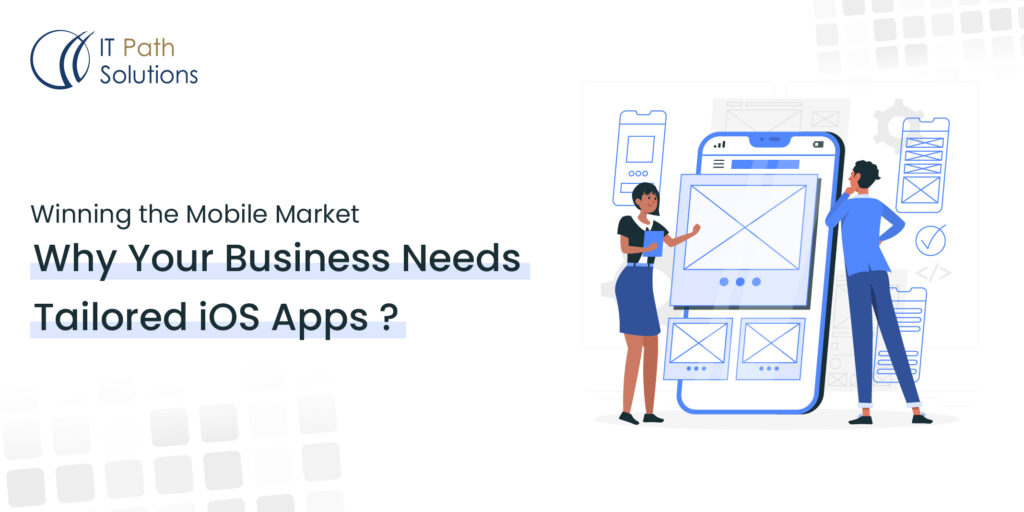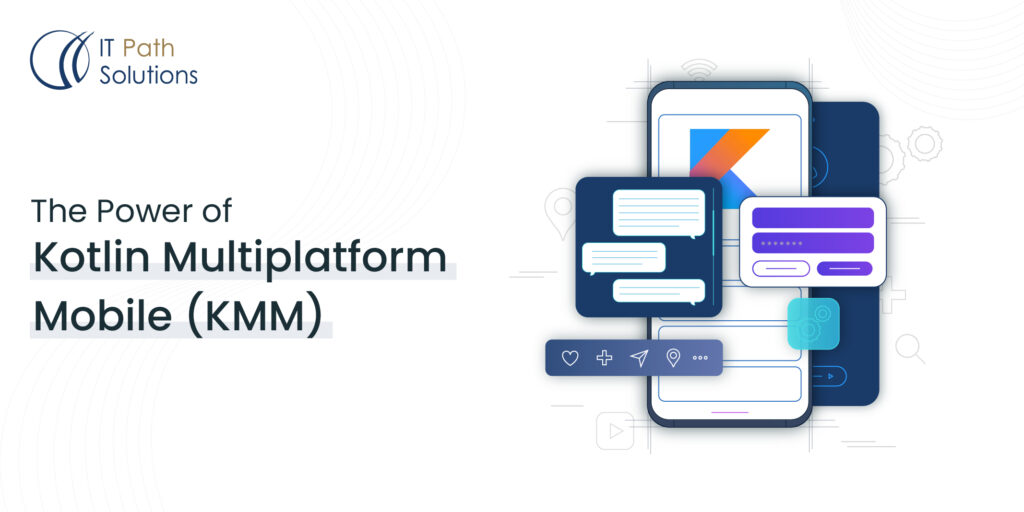How Flutter 2.0 Will Impact Your App Development
Mobile app development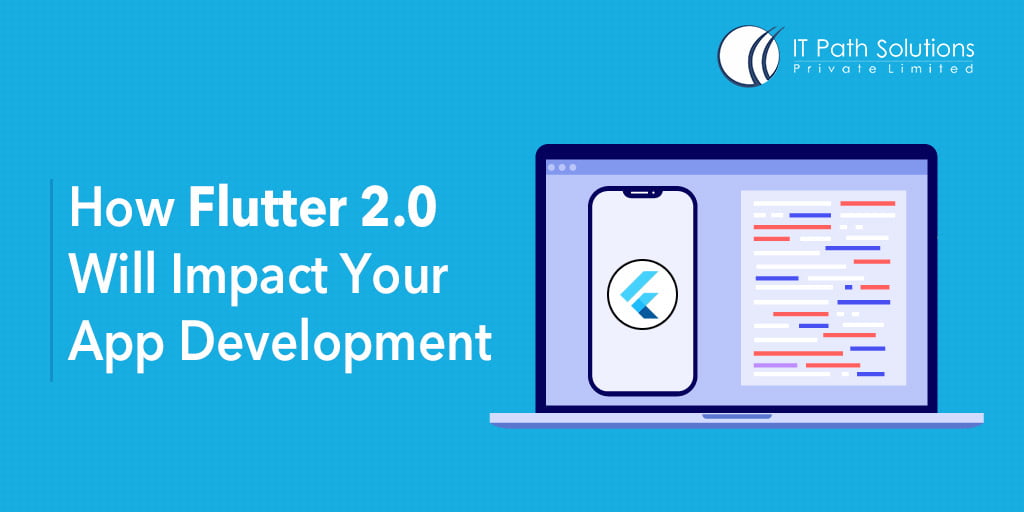
For cross-platform app development, Flutter is the go-to choice for many top developers and app entrepreneurs as it provides exciting features, relatively easy to develop, and is more cost-effective than developing dedicated apps for platforms such as iOS & Android.
Flutter is a toolkit developed by Google for cross-platform app development. With cross-platform app development, you can develop one app that can be used for both Android & iOS. With Flutter, you can develop a robust app that has all the features. The limitations are going to be about your budget and timeline to add the requisite features. It is preferred by many startups to large-scale enterprises. Check out some of the major brands using Flutter for their apps.

Right now, on Github, Flutter has nearly 117K stars which explains its popularity with developers across the board. As per Statista, the popularity of Flutter has increased by 9% in 2020 as compared to other cross-platform app development platforms.

What Is Flutter 2.0
Google officially launched Flutter 2.0 in an event named, Flutter Engage. The main point of launching Flutter 2.0 was to announce the new capabilities of Flutter 2.0 that will allow app developers to launch apps on all platforms, mobile, web, and tablets and cover almost all major operating systems. Keeping in mind the burgeoning IoT field, Flutter has also enabled developers to develop apps for cars, TVs, and smart homes.
What Is New in Flutter 2.0
The main feature of Flutter 2.0 is that it will now enable developers to develop apps and web applications instead of developing apps for just iOS and Android. Almost all OS such as Windows, Chrome OS, Linux, Mac is compatible with Flutter 2.0.
Let’s take a look at some of the major features in Flutter 2.0
Web Development in Flutter 2.0
Robust web development with 2D & 3D capabilities is now possible with Flutter 2.0.
Developers can use an HTML renderer and a canvas-based Kit renderer. Widgets enable app-like features inside mobile browsers.
For developers this allows them to reuse the mobile app code on the web platform saving development hours for both developers and clients.

Sound Null Safety
With Sound Null Safety, developers can control where the null value will flow and prevent unwarranted crashes. This doesn’t replace or remove null values but gives more control to developers on where to deploy and not deploy null values.
Desktop Features
Flutter has now enabled desktop applications with a native experience. For desktop, many features such as keyboard events, mouse usage, text selection are now available for developers.
Inbuilt Google Ads SDK
Although this is still in beta, this SDK can allow developers to include inline and native ads and integration with the ads manager. Ads will be served as per the platform such as web and mobile.
Platform Independent Apps
Flutter will now support platforms such as iOS, Android, Mac, Windows, Linux along with various input methods such as keyboard, mouse, touch screens. Various screen sizes of the devices will also be supported.
Enhanced iOS Specific Features:
-
You can build an IPA directly without opening Xcode.
-
CocoaPods updated to latest tooling.
-
More widget options.
-
Form fields and Form UI of the iOS

Autocomplete & ScaffoldMessenger Widgets
A longstanding developer demand of having autocomplete for Flutter is being fulfilled in Flutter 2.0.
With ScaffoldMessenger, a number of SnackBar related issues such as creating SnackBar in response to an AppBar action, persistent Snack bars that last between transitions.
Multiple Flutter Instances With Add-to-App
With Add-to-App, developers can quickly reuse native code and add multiple screens and navigation.
Add-to-App reduces the cost of creating additional Flutter engines by 99% to 180kb per instance.
Now developers can safely and quickly create multiple instances of the Flutter engine in native apps.
Flutter Fix
With Flutter fix, with a tool called Dart fix, the tool will automatically look for deprecated APIs and update code to those APIs. Many available fixes will be bundled with the FlutterSDK. This allows making changes to the Flutter framework API without breaking a large amount of code.
DartPad Updates:
In Flutter 2.0, you can use DartPad for the null safe version of a flutter from the browser itself.
New Ecosystem Features:
Robust production-quality updates have been done for Firebase, Android Studio and IntelliJ.
There are 15,000 Flutter compatible plugins and packages available. Flutter 2.0 will allow you to choose better with Flutter favorites, popularity rank, and PubPoints.
Enhanced DevTools
Common exceptions will be notified to developers for Android Studio, IntelliJ, or Visual Studio Code so that it can be debugged in DevTools.
Images that are displayed at a higher resolution than intended can be noticed quickly with Invert Oversized Images. Such images will appear upside down for easier spotting in the app.
Some Other Features:
-Better log tracking
-Search and filters for logs
-New memory charts
-Activity Hovercards
Summary:
Flutter 2.0 is likely to revolutionize app and web development. App development companies can now offer web and mobile app development as a package because the same code will be used across devices.
If you are looking to take first-mover advantage of the latest in Flutter 2.0 and develop a feature-rich robust, platform-independent app, drop us a line below to get in touch with our Flutter 2.0 experts.
 Healthcare
Healthcare  Education
Education  Real Estate
Real Estate  Logistic
Logistic  Fitness
Fitness  Tourism
Tourism  Travel
Travel  Banking
Banking  Media
Media  E-commerce
E-commerce  Themes
Themes
 Plugins
Plugins
 Patterns
Patterns
